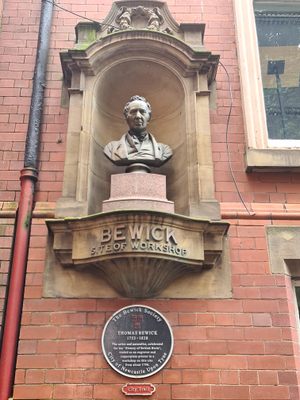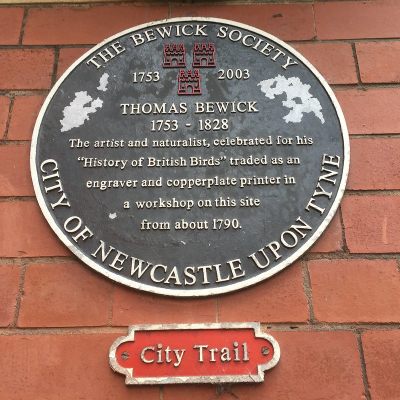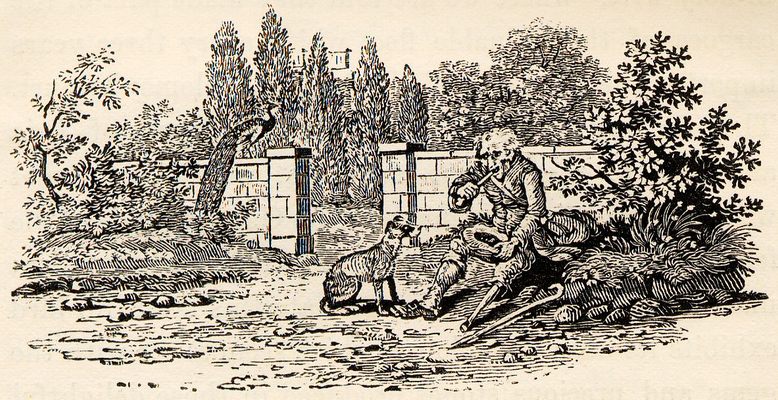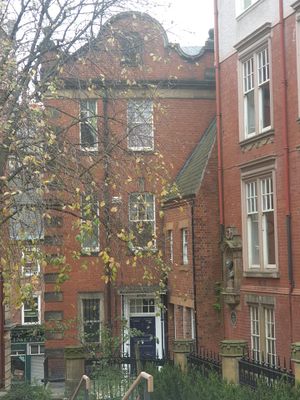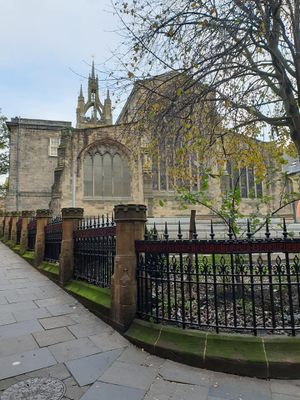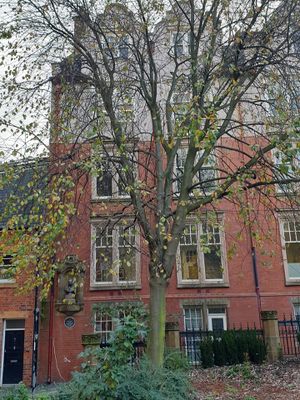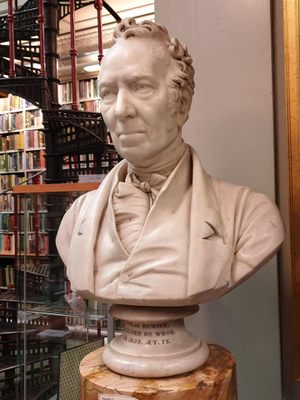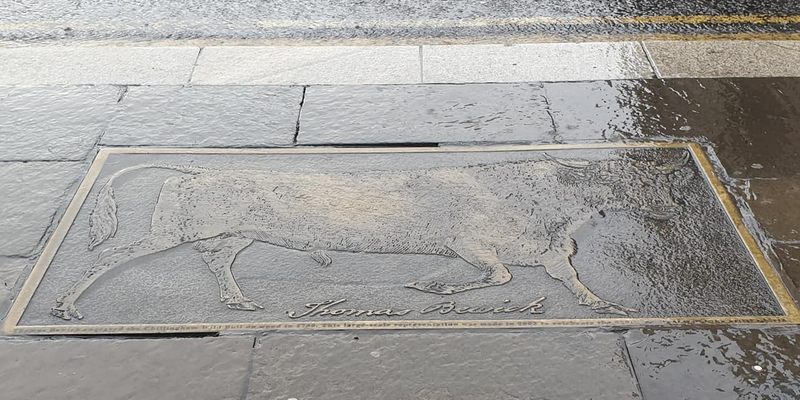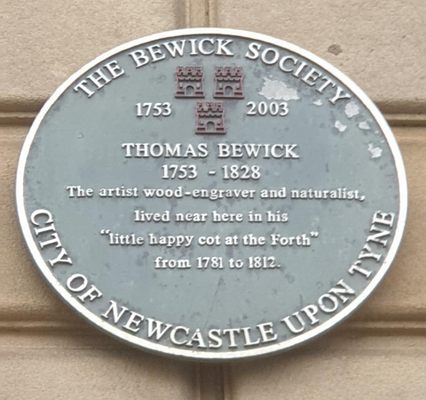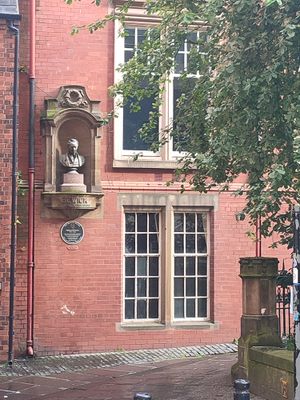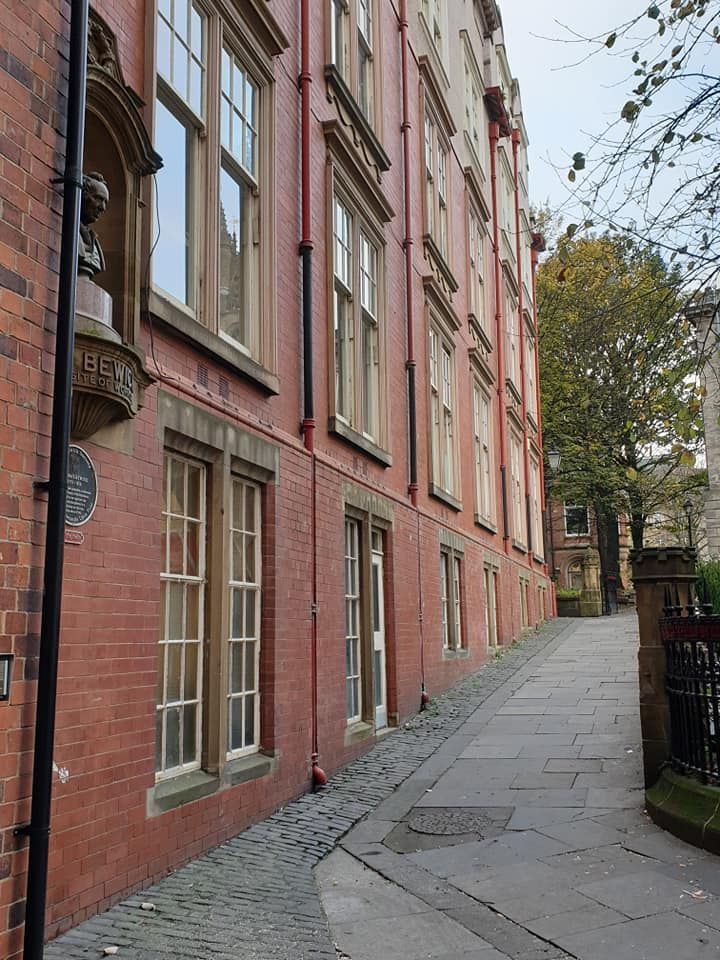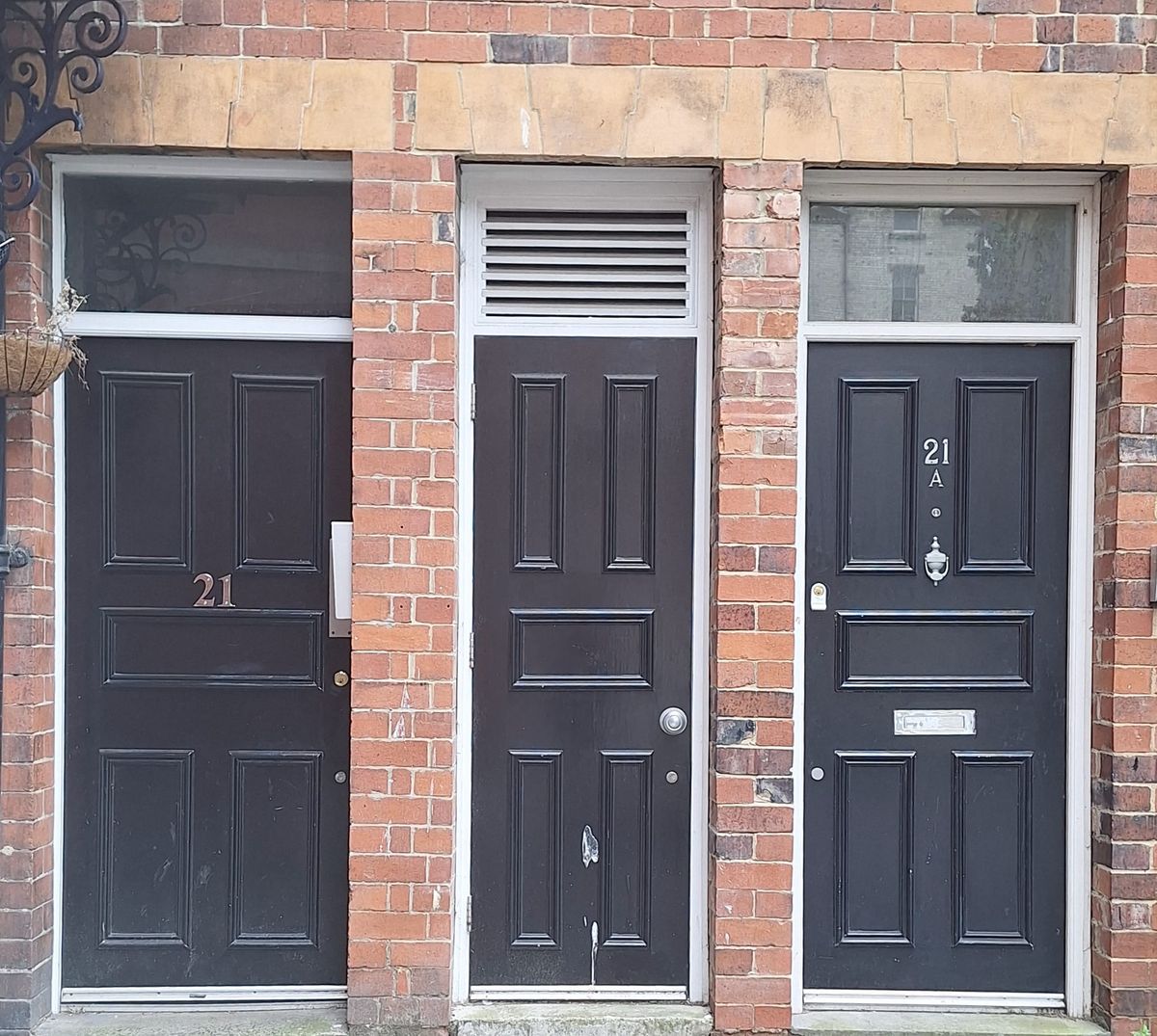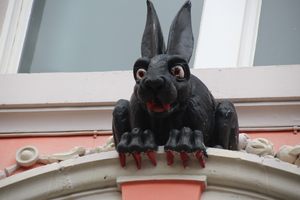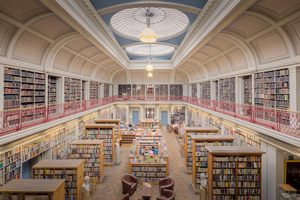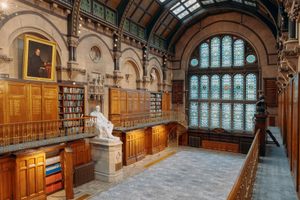About
Though Thomas Bewick never did particularly well in school, he showed a talent for drawing from an early age. At just 14 years old, he became an apprentice to Ralph Beilby, an engraver in Newcastle. During that time, Bewick learned the craft of engraving by marking family coats of arms on jewelry and cutlery.
Bewick is best known for his natural history illustrations. His book A History of British Birds was published in two volumes, in 1797 and 1804, and played a role in reviving the craft of wood engraving. It is still admired today because of its intricate wood engravings, especially the small, well-observed, and often humorous vignettes known as tail-pieces. He is also known for his work on various editions of Aesop's Fables that spanned most of his creative life. The first was created for the Newcastle bookseller Thomas Saint during his apprentice years.
Bewick is often credited with popularizing technical innovation in the printing of illustrations. He adapted metal-engraving tools to cut hard boxwood across the grain, which resulted in printing blocks that could be integrated with metal type. This process also made much more durable printing blocks, which gave bookmakers the ability to create high-quality illustrations at a relatively low price.
When it came to his workshop, Bewick focused on collaboration and developing the skills of his apprentices. Though he did not complete every task for every illustration himself, he was always closely involved in overseeing the work of his apprentices. Some of the apprentices that Bewick trained include John Anderson, Luke Clennell, and William Harvey, who went on to become well-known painters and engravers in their own right.
In 1825, the Literary and Philosophical Society commissioned a marble bust of Bewick from the sculptor Edward Hodges Baily. Today there are several copies of that bust, including this bronze version, which sits in a niche of the building that replaced Bewick's workshop in the Saint Nicholas Churchyard. (Another copy of the bust can be found at the British Museum in London.)
There are a number of other sites named after or otherwise honoring Bewick spread throughout Newcastle.
Related Tags
Know Before You Go
Taking either path around the back of St Nicholas Cathedral, the bust can be found in a niche at the far right corner of the square, next to the stairs, above a round plaque. From Dean Street, climb the stairs that lead up towards the cathedral, and look to your left.
The Vampire Rabbit is also here - on the other side of the stairs, above an ornate arch.
For more on Bewick, spot the bust in the magnificent Lit and Phil, (near the spiral staircase) and then carry on to Bewick Street where you'll find a round plaque marking his birth as well as the brass plaque of the Chillingham bull, (on the sidewalk).
Published
May 18, 2021
